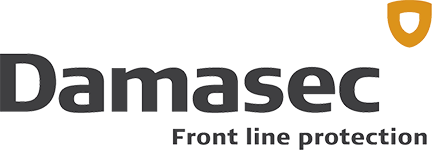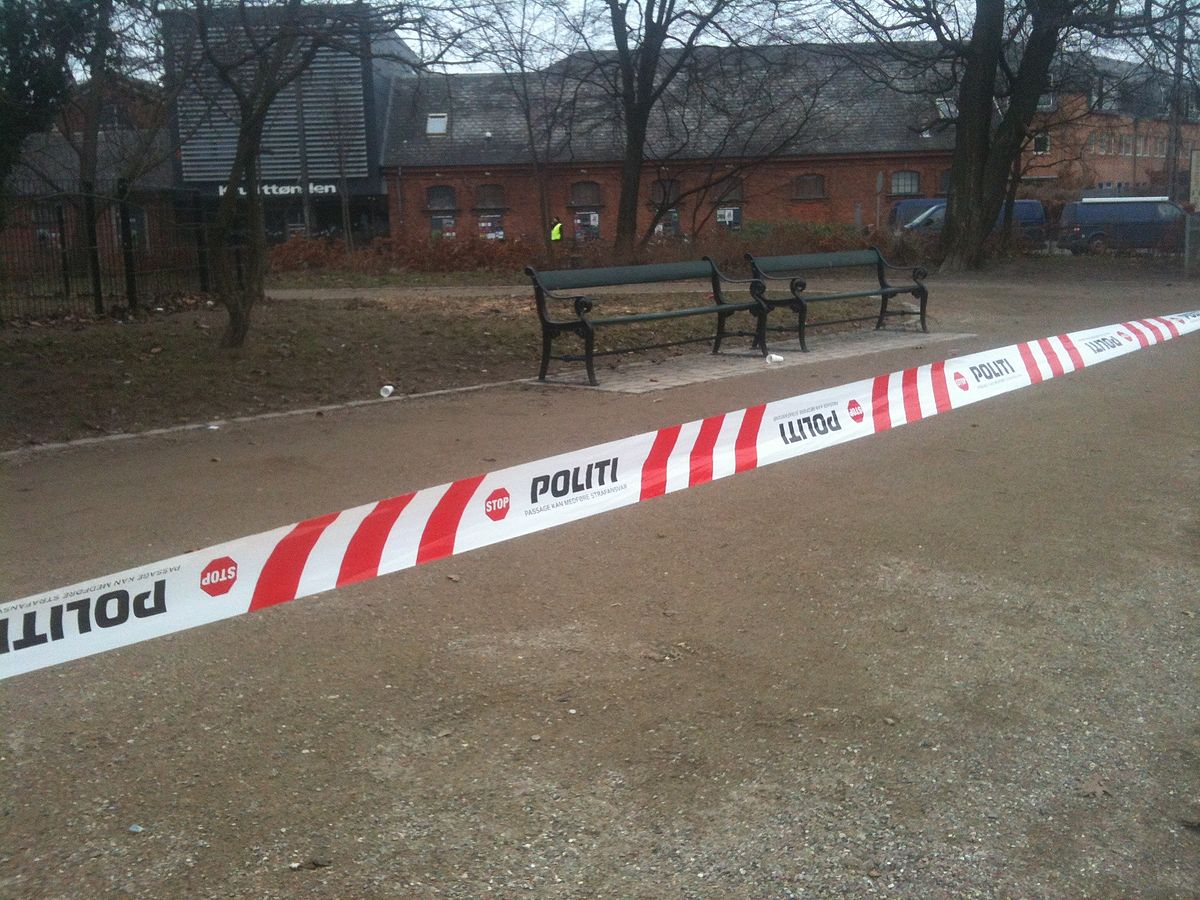The attacks on Krudttønden and the Jewish synagogue on February 14, 2015, shook the Danes. We take a closer look at the two events from the perspective of physical security experts.
Danes were shaken on February 14, 2015, when the suspected perpetrator Omar Abdel Hamid El-Hussein (“suspected” because he was killed in a shootout before he could be interrogated or tried) attacked two separate locations in Copenhagen: Krudttønden, a cultural center in Østerbro, where the Swedish cartoonist Lars Vilks was participating in a public debate, and the Jewish synagogue in central Copenhagen, where a Bar Mitzvah party was taking place. Two people were shot dead, and four others were injured.
In this blog, we examine the attacks from the perspective of physical security experts – a viewpoint that, in our opinion, has been missing from the many debates and inquiries since the attacks.
Krudttønden: The Risk Was Known
Lars Vilks had received death threats from al-Qaeda and had been attacked in Sweden, where he is constantly protected. PET, the Danish Security and Intelligence Service, therefore recommended the following security measures for him while he was in Denmark at the time of the attack:
- Personal protection throughout his stay in Denmark
- Access control of all guests at Krudttønden with a hand scanner
- Presence of uniformed police at Krudttønden
After a failed attempt to open a locked back door, the perpetrator moved to the front of the building and its glass entrance. He fired his weapon through the glass in the foyer from a distance of less than two meters. In the foyer were two Swedish bodyguards, two uniformed Danish bodyguards, a PET agent, a security coordinator, and two bartenders. Incredibly, no one was killed during the attack through the glass. Two officers were hit by bullets; two others were injured by shattered glass.
Finn Nørgaard was not as fortunate. As a participant in the event, he was shot by the perpetrator as many guests fled the venue when the shots were fired. He later died.
Within seconds of being hit, other guests opened a fire exit near the main entrance right in front of the perpetrator. Fortunately, they managed to slam the door shut before the perpetrator fired shots, and the perpetrator then fled on foot.
The Jewish Synagogue: Protected, But Not Enough to Prevent a Death
40 minutes after midnight the following day, the same perpetrator attacked Copenhagen’s Jewish synagogue.
The synagogue is located in Krystalgade in a historic area of old Copenhagen. An iron fence separates the synagogue’s premises from the street; to enter the premises, guests must pass through two gates, each operated separately to control access.
Despite increased security around the synagogue after the previous day’s attack, the perpetrator was able to approach the synagogue and shoot at security personnel standing on the sidewalk outside the gate.
Dan Uzan, a civilian security guard who had just passed through the gate onto the street, was killed. Two uniformed police officers were injured. The perpetrator fled on foot.
Was the physical protection good enough?
Since the attacks in Copenhagen, public debate has centered on two main themes:
- How was a homegrown terrorist like Omar El-Hussein able to slip through Denmark’s social welfare, criminal justice, and security apparatus despite numerous warning signs that he was capable of such an attack?
- Was the protection at the Jewish synagogue good enough, and did the police increase security quickly enough after the Krudttønden attack?
We believe there is another issue that needs to be addressed: physical security at the sites that were attacked.
Let’s start with Krudttønden.
Physical Protection at Krudttønden
The tactical briefing for security personnel at Krudttønden, recently released by the Danish government in the aftermath of the event, specifically mentioned the risk of an armed terrorist attack.
Under the heading “Prevention,” it recommended that security personnel seek cover from such an attack “behind a wall or similar cover.”
Interestingly, the primary entrance to Krudttønden is through a foyer consisting of panoramic glass windows and a glass door. None of this glass was bulletproof, and no other walls around the entrance provide any form of protection.
Although the entrance to the venue was made of ordinary commercial-grade glass, and although the tactical map indicated the risk of an armed terrorist attack, the same map recommended that security personnel seek cover behind a bulletproof wall in case of an attack.
We do not wish to imply that the tragic loss of life at Krudttønden could have been prevented by bulletproof glass. It would not have. But we believe that a security assessment of the venue should include stricter requirements for the physical security of the building’s perimeter, shell, and core.
There was no meaningful protection of Krudttønden’s perimeter; the building is easily accessible by vehicle on several sides. As noted, the building’s shell around the foyer is glass of commercial quality, easily broken by ballistic attacks. We assume that the building’s cores are similarly unprotected.
As far as we can see in the government’s tactical security briefing, these physical security aspects were not taken into account.
Not all buildings or cultural centers in a city like Copenhagen can or should be subject to increased physical security, but places for high-risk events perhaps should be? Or maybe such events should be held elsewhere?
Physical Security at the Jewish Synagogue
As for the Jewish synagogue, the situation is different. The historic building perimeter is protected by a high wrought iron fence. Mantrap (access control gate) from Krystalgade to the synagogue grounds provides an extra layer of security.
Although none of this prevented the tragic loss of life on the street in the early hours of February 15, it has undoubtedly prevented other attacks in the past and will continue to do so in the future.
Photo Credit: Kim Bach, originally found on Wikipedia and shared under CC BY-SA 4.0 license.


